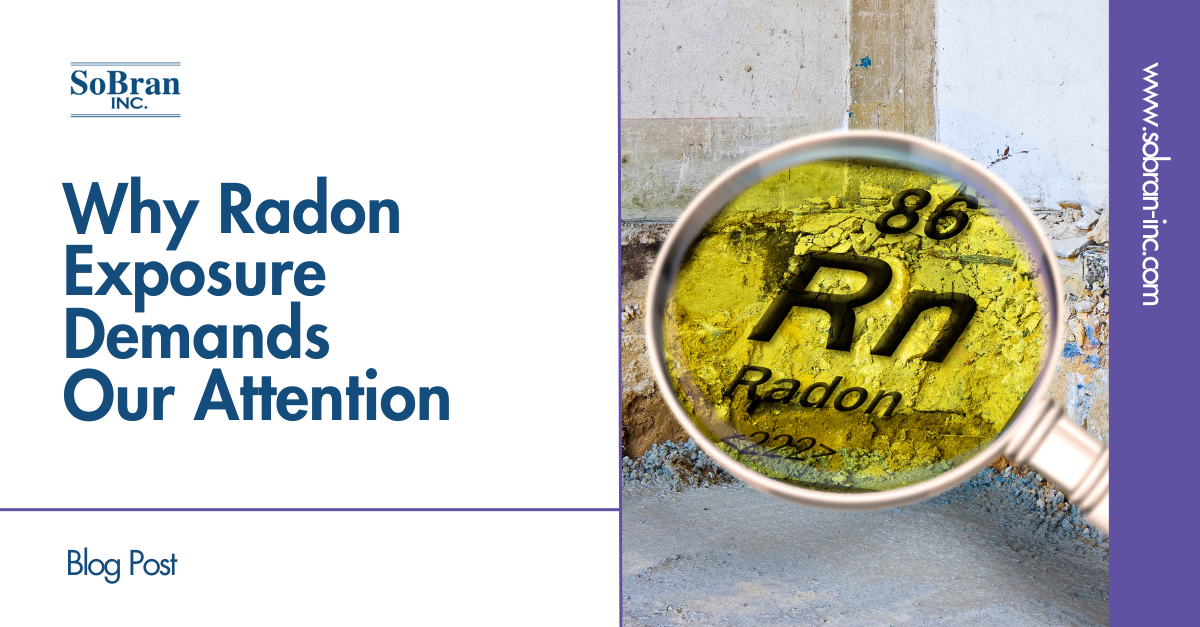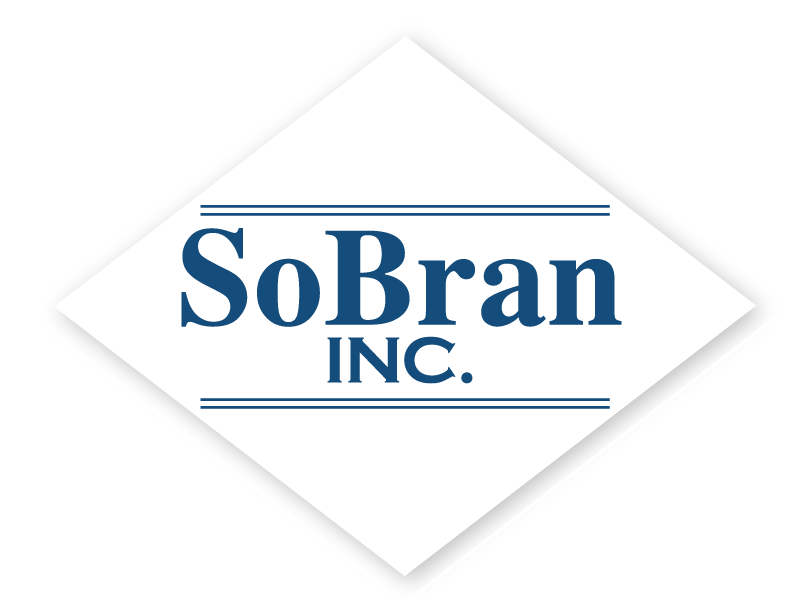
When soldiers, contractors, and service members of all kinds show up for their watch, their health and safety is not only a mission-critical priority, it is the priority above all else. Every day, service members face unique environmental and occupational hazards—sleep deprivation, musculoskeletal injuries, cognitive fatigue and exposure to hazardous substances—these issues we know can jeopardize their well-being but also the success of their missions, no matter where they’re stationed.
And while attention is rightly given to many of these immediate physical threats, there are also invisible dangers that can also bring devastating long-term consequences and threaten the mission and their safety. Chief among these is radon exposure.
Radon is a naturally occurring radioactive gas that is notably colorless, tasteless, and odorless and forms from the natural decay of uranium in soil, rock, and water. Because of this natural formation, radon can quietly and easily seep into buildings—including barracks, command centers, housing, warehouses—through cracks and gaps in foundations. Because, as was mentioned above, it is undetectable without specialized testing, radon can accumulate to dangerous levels over time without anyone realizing it and we realize the impacts far too late.
The Hidden Threat: Radon and Lung Cancer
Radon is the second leading cause of lung cancer surpassed only by cigarettes. This includes warfighters and civilians alike.
When this radon gas is inhaled, it decays into radioactive particles that become trapped in the lungs. These particles emit ionizing radiation that severely damages lung tissue and increases the potential risks of DNA mutations over time–which ultimately can lead to lung cancer, years after the initial exposure.Even low levels, commonly found in homes and buildings, can greatly increase the risk of lung cancer. The World Health Organization estimates that radon is responsible for 3% to 14% of all lung cancers, depending on average radon levels and smoking prevalence.
Military personnel often live and work in a wide variety of structures, including many that might be older or located in regions with naturally higher radon levels. Additionally, the transient nature of military assignments means that service members and their families may not be aware of the radon risks in new locations especially if they spent significant time in below-ground facilities, such as bunkers or command posts, where radon concentrations can be especially high. That’s why utilizing the tools we have to detect radon is one of the most important things we do here at SoBran.
The good news is that radon is a threat that we can control if we know where to look for it. Detection is straightforward, affordable, and highly effective process that can present the larger picture of a threat and how to act appropriately to mitigate that threat. And obviously, if a problem is found, mitigation systems—such as improved ventilation or sub-slab depressurization—can be installed to reduce radon concentrations and protect everyone inside at the point where they will help the most. The Department of Defense and its medical research branches continue to be deeply committed to identifying and mitigating those radon risks for warfighters, not only to preserve operational readiness but also to ensure that service members return home safely and lead healthy lives after their service. Raising awareness, conducting regular testing, and implementing remediation strategies are essential steps in safeguarding our forces.
Radon detection and mitigation are not just about regulatory compliance, but are an important and proactive commitment to the health and well-being of everyone in and around places like military bases. So on top of initial detection efforts, it’s also important to put in regular testing to ensure that changes in building use, renovations, or even naturally shifting soil conditions don’t introduce new, undetected risks over time making this ongoing awareness equally vital. By educating service members, facility managers, and families about radon risks and the importance of regular testing, we foster a culture of vigilance and responsibility. This culture extends beyond the battlefield, reinforcing the idea that every aspect of the environment should be as safe as possible.
The invisible nature of radon makes it a silent and deadly threat, but luckily it is one we can control if we just commit to it. By ensuring we prioritize radon awareness and mitigation in places like military facilities and housing, we demonstrate our unwavering commitment to the health and safety of every warfighter. Protecting those who protect us is not just a duty—it’s a responsibility all of us at SoBran know we must uphold with vigilance and resolve. Contact us if you want to learn more!
